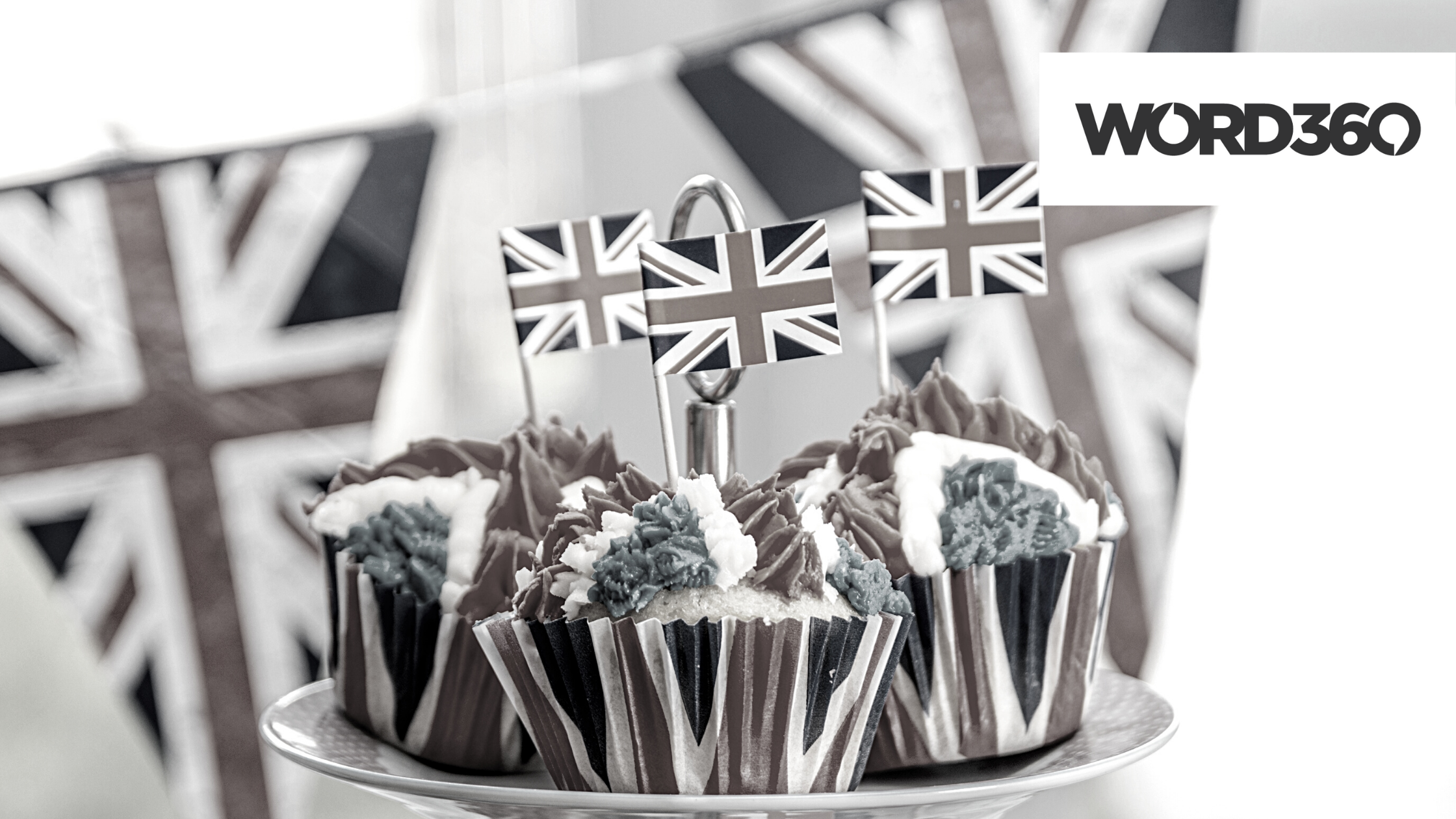The Queen: Celebrating Diversity Internationally for 70 Years

The Queen’s Platinum Jubilee represents 70 years as the UK’s ruling Monarch during which time she has visit 120+ countries, and many of these several times.
Her travels have been an attempt to raise the profile of the nation, creating better relations between all nations, especially the incredibly diverse Commonwealth. We live in a wonderfully multicultural nation, full of people who are accepting of all cultures, which is in part the result of the Queen’s tireless work spreading warmth on her international tours. By embracing the world, we’re all familiar with international foods, music, fashion and culture, which influence the British public and our culture as a whole.
As a company that offer translation and interpreting it is our job to ensure people who visit or relocate to the UK are given access to key services through information given verbally or written in a language they can understand, so we fully appreciate the efforts made through royal visits.
So it’s worth taking this time as we approach the Jubilee weekend to look at the ways the Queen has travelled and spread positivity to signal just how welcoming the UK is.
Where has the Queen been?
The Queen has always used key dates to embrace the commonwealth nations and remind them that she is in her thoughts. On the Silver Jubilee Commonwealth Tour for example (1977), she travelled over 56,000 miles, visiting 14 Commonwealth countries, such as Western Samoa, Australia and New Zealand, not to mention making her first trips to Fiji and Tonga.
Her trips are too numerous to list, but here are five which were very culturally significant out of the 120+ visits she has made:
Guiana just before independence – 1966
The people of what was then British Guiana came out and queued to see Queen Elizabeth II, despite being very close to independence.
Despite the formality of royal duties, the queen was cheerfully dressed in primrose yellow and spoke to many people as she walked around, who seemed really happy speaking with her, irrespective of breaking from the rule of Britain.
Strangely, this was the first trip to Guyana by a reigning sovereign[1], and the Queen opted to begin her famous tour of the Caribbean from there – a huge compliment for the small nation.
The Guyanese could be forgiven had they not come out for the visit, as celebrations over independence from this very monarch were just around the corner, yet everywhere the Queen went, so did droves of locals.
Going on to unveil portraits, watch horses race and doing some sight-seeing, the Queen even took the time to Knight politician (Sir) Lionel Luckhoo!
A busy few days ended with traditional music and as she continued around the Caribbean, it was apparent the Queen would continue to represent Great Britain and the Commonwealth through official visits for many years to come.
Germany just after unification - 1990
1990 was not the first time the Queen had visited Germany, but it may have been the most significant.
As 1989 moved towards its end, November 9th saw people freely crossing the border between East and West Germany for the first time[2], with the Berlin Wall crashing to the ground section by section as day turned to night, conversely turning to the light of hope as the Soviet Union collapsed with the graffitied concrete.
While not as a timeless an image as this night, the visit of Queen Elizabeth a few short months later was symbolic of a new world and better relations with Europe as a whole, starting with unity in Germany’s capital. She would go on to build relations through her visits to many ex-Soviet nations, with this visit to Germany concluded via a trip to Bonn with then President Richard von Weizsäcker, and the start of a new era of inter-European relations.
South Africa enters a new era - 1995
1995 was an incredible time to be alive for South Africans, if not the wider world.
With the end of Apartheid generally recognised as happening the year before, Nelson Mandela was centre stage to lay out his plans for a brighter, better and more equal nation, following his recent election victory.
The Queen visiting was a signal of future collaboration with European nations and showed Britain’s commitment to accepting the new Government right from the start. She pledged to be dedicated to the service of the South African people throughout her life and has since met every subsequent South African President, either at the palace or a G20 summit, so she stands by her word.
Throughout the Commonwealth - 2002
Long before the Diamond Jubilee, the Golden Jubilee seemed like the biggest possible achievement that Queen Elizabeth could celebrate.
The event included a poetry competition, special meals, a pop concert and unsurprisingly…lots of travel.[3]
As well as visiting an impressive seventy cities in England, Scotland, Wales & Northern Island, the Queen, as always, thought this was an important time to visit Commonwealth nations.
This tour focussed on four key places – Australia, New Zealand, Canada and Jamaica.
Despite the optimism around the Jubilee and the Queen’s extensive tour, it was a sad year as her sister Princess Margaret died within weeks of the death of the Queen’s mother.
Such is the Queen’s commitment to maintaining good relations with world nations, she continued with her tour and the rest of the festivities.
Australia saw the release of commemorative coins, in Canada she dropped the first puck for a major ice hockey game, Jamaica saw her visiting poverty projects in Trench Town and her tour ended with a journey around New Zealand, commemorated through the issue of special stamps and coins.
Malta: The Queen’s last visit - 2015
2015 was the Queen’s last visit overseas, possibly ever as she is getting older. After visiting Germany, she ended with Malta[4], the country she and Prince Phillip lived in as newly-weds between 1949-51.
With this being a special place in the Queen’s heart, full of nostalgia, this might signal a signing off point for her travels. However, she will continue to welcome dignitaries from abroad and to raise the profile of the UK and Commonwealth across the globe from home.
A few more facts…
As you can see the Queen has had a busy life so far spreading goodwill on a global scale and bringing nations together.
Before you go, here are a few more quick Queen-related travel facts:
- The Queen does not require a passport. Passports are provided to you and me in the name of Her Majesty, and so to issue one for herself would be pointless.[5]
- The Queen is credited with inventing the royal 'walkabout', where she meets local people in the places that she visits. This 'walkabout' has now become a very popular royal tradition.[6]
- She owns an elephant, two giant turtles, a jaguar and a pair of sloths - presents from other countries she has visited, all of which live in London Zoo.[7]
As you can see the Queen’s travels, many of which are not that well documented, are what makes her unique and what we at Word360 love is how she lives the values of the UK and Commonwealth through engaging with people of all nationalities on a constant basis.
Very few of us have the time, money or a dream job that involves travelling as much as the Queen, but we all ‘travel’ in the sense that we meet and know people of many nationalities and Britain is a place where our culture is the world’s culture.
Have a great Jubilee weekend everyone!
To make sure your business is as diverse and accessible as where you live, GET IN TOUCH.
You can find out a bit more about face-to-face interpreting HERE.
[1] https://guyanatimesgy.com/a-royal-visit-to-welcome-guyanas-independence/
[2] https://www.history.com/topics/cold-war/berlin-wall#:~:text=at%20high%20speeds.-,The%20Berlin%20Wall%3A%20The%20Fall%20of%20the%20Wall,to%20cross%20the%20country's%20borders.
[3] https://www.royal.uk/50-facts-about-queens-golden-jubilee
[4] https://www.historyextra.com/period/20th-century/queen-elizabeth-ii-royal-tours-official-visits-history-commonwealth-where-how-many-australia-india-hong-kong/
[5] https://www.medicaltravelcompared.co.uk/the-travels-of-queen-elizabeth-map/
[6] https://www.bbc.co.uk/newsround/44370212
[7] https://www.natgeokids.com/uk/discover/history/monarchy/facts-about-the-queen-elizabeth-ii/

Elliot Glynn
March 3, 2022Recent articles


